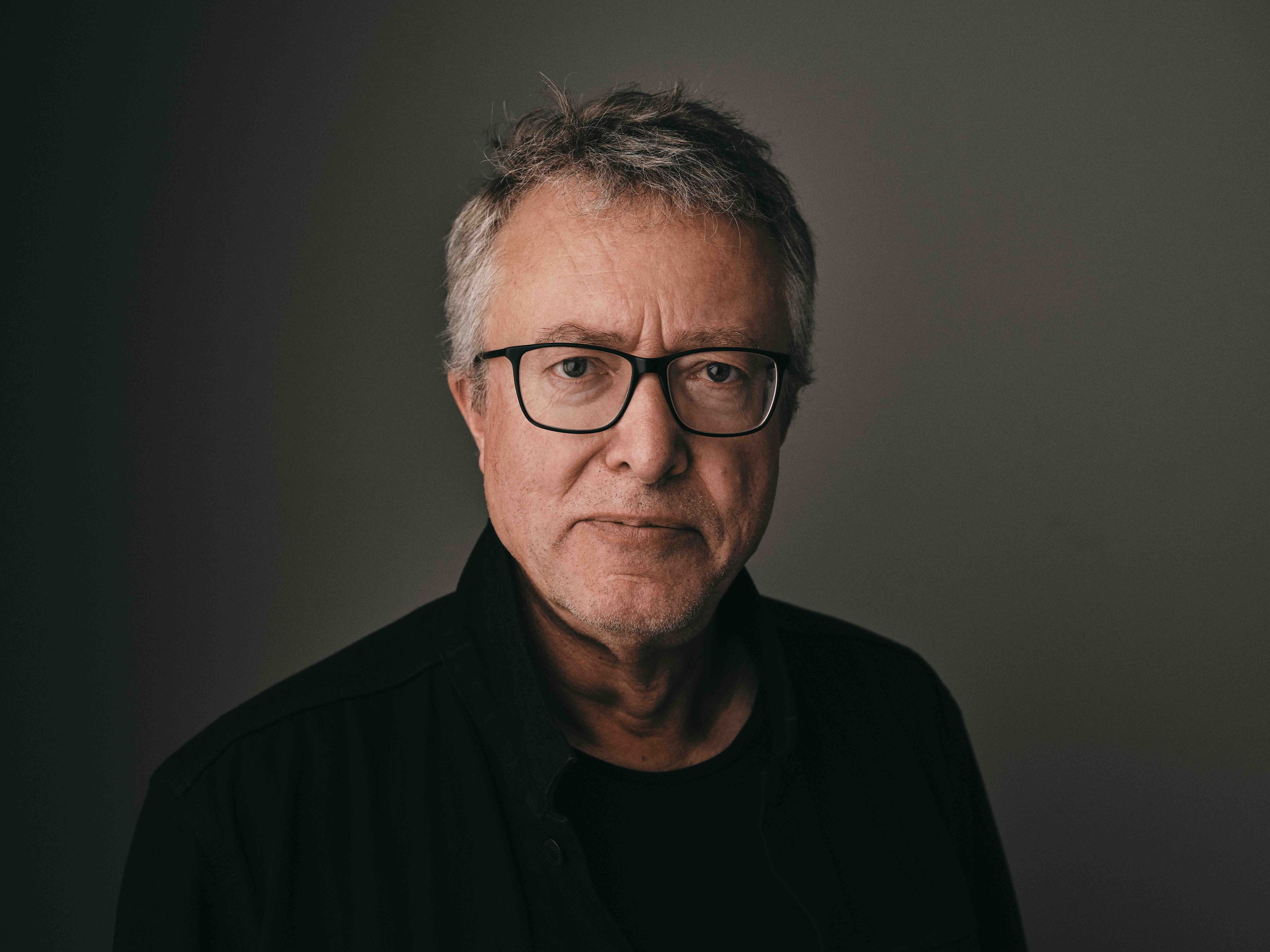Seven questions to director Reiner Michalke

What sparked the creation of the Monheim Triennale?
Following the conclusion of my collaboration with the city of Moers in 2016, Mayor Daniel Zimmermann approached me, asking if I would be interested in spearheading the development of a fresh music festival for Monheim.
We quickly agreed that there was no need for another jazz festival. Instead, we recognized the need for a contemporary music festival of the 21st century, one that would showcase all current trends on an equitable platform within a unified context. We also concurred that the objective wasn’t to attract big names to Monheim, but rather to showcase exceptional artistry. However, we recognized that these goals are not mutually exclusive.
What sets the Monheim Triennale apart from other music festivals? How did this distinction emerge?
Actually, it was the coronavirus pandemic that altered the original plan of hosting a festival every three years. Due to extensive travel restrictions at the time, we devised The Prequel, a workshop format exclusively for the 16 Signature Artists without their projects. The experience proved immensely enjoyable for everyone involved, prompting us to continue it post-pandemic.
As for the third year, the compelling theme of ‘Sound in Public Space’ was a natural choice. This led to the triad of The Sound, our inaugural sound art festival, followed by the workshop edition The Prequel, and culminating in the actual Festival as the climax of each Triennale.
What makes Monheim am Rhein being well-suited for the music festival?
Interestingly, smaller towns often serve as the birthplace of significant music festivals, as seen in Bayreuth, Donaueschingen or Moers. In smaller cities, it’s easier to foster a sense of concentration due to the limited cultural offerings compared to larger urban areas. Moreover, smaller towns tend to attract audiences less inclined towards sophisticated cultural events.
In the case of Monheim, cultural activities garner attention not only during the festival but also extend far beyond it. Specifically, literature and art in public spaces encourage active participation in art and culture within Monheim’s urban community.
Where did the concept of artists creating works inspired by the location originate?
The idea of inviting artists to work site-specifically draws inspiration from the practices found in the visual arts. For instance, I found great inspiration in Kasper König’s organisation of ‘Manifesta’ in St. Petersburg in 2014. This event featured both existing works showcased in new contexts and the development of site-specific works, following several weeks of residencies.
As a music festival, we are pioneering new approaches. In our The Prequel, we host 16 residencies with artists whom we subsequently invite to The Festival a year later to present their commissioned works.
To what extent does the city influence the works?
I must distinguish between our sound art festival, The Sound, and our two performative formats, The Prequel and The Festival. For The Sound, it’s crucial for artists to engage with the city as a sonic space on-site, often requiring multiple visits of varying durations.
As for the actual Festival, where invited artists present their Signature Projects, The Prequel serves as the starting point in Monheim. However, it’s possible that many of them have already visited the city. For instance, Heiner Goebbels, who is currently frequently in Monheim, as we’ve tasked him with preparing an open-air production for the festival’s 2025 opening.
How significant is the involvement of the Monheim community in the festival?
The involvement of Monheim residents, particularly children and young people, has been a fundamental aspect of our conceptual planning since the outset. To ensure this, we invited musician and educator Achim Tang to relocate to Monheim and serve as Artist in Residence, integrating festival content into the city’s society in every feasible manner. Currently, Achim Tang, along with collaborators Julia Úlehla, Anushka Chkheidze, and Peter Evans, is actively involved in various projects with children, young adults, and adults in Monheim. These projects will be showcased in public settings as part of The Prequel.
What is the objective of the Monheim Triennale?
Our goal is to cultivate the Triennale’s presence on an international, regional, and local scale. It’s essential for the festival to become firmly rooted in the town to aspire to the level of recognition enjoyed by renowned music venues like Bayreuth, Donaueschingen and Moers.
Excerpts from interview with The Dorf, published in May 2024